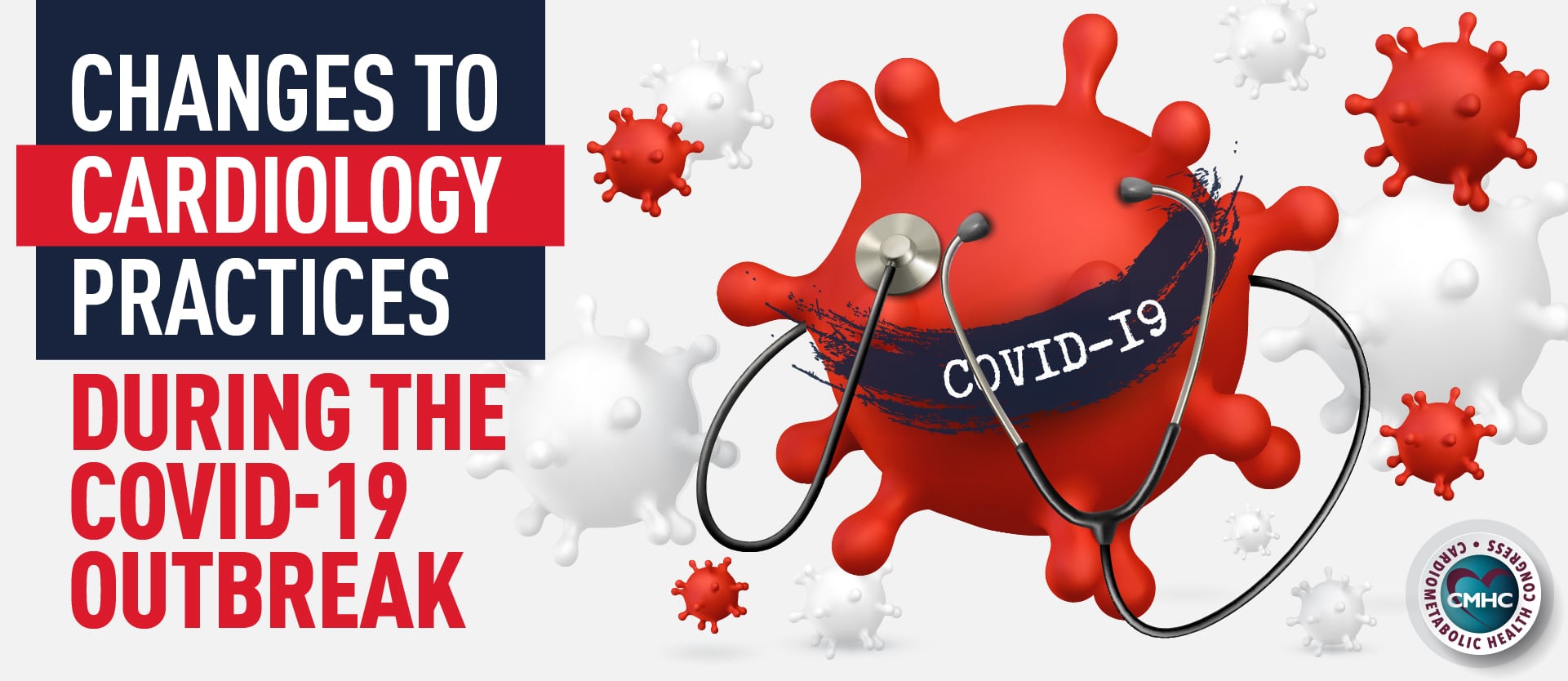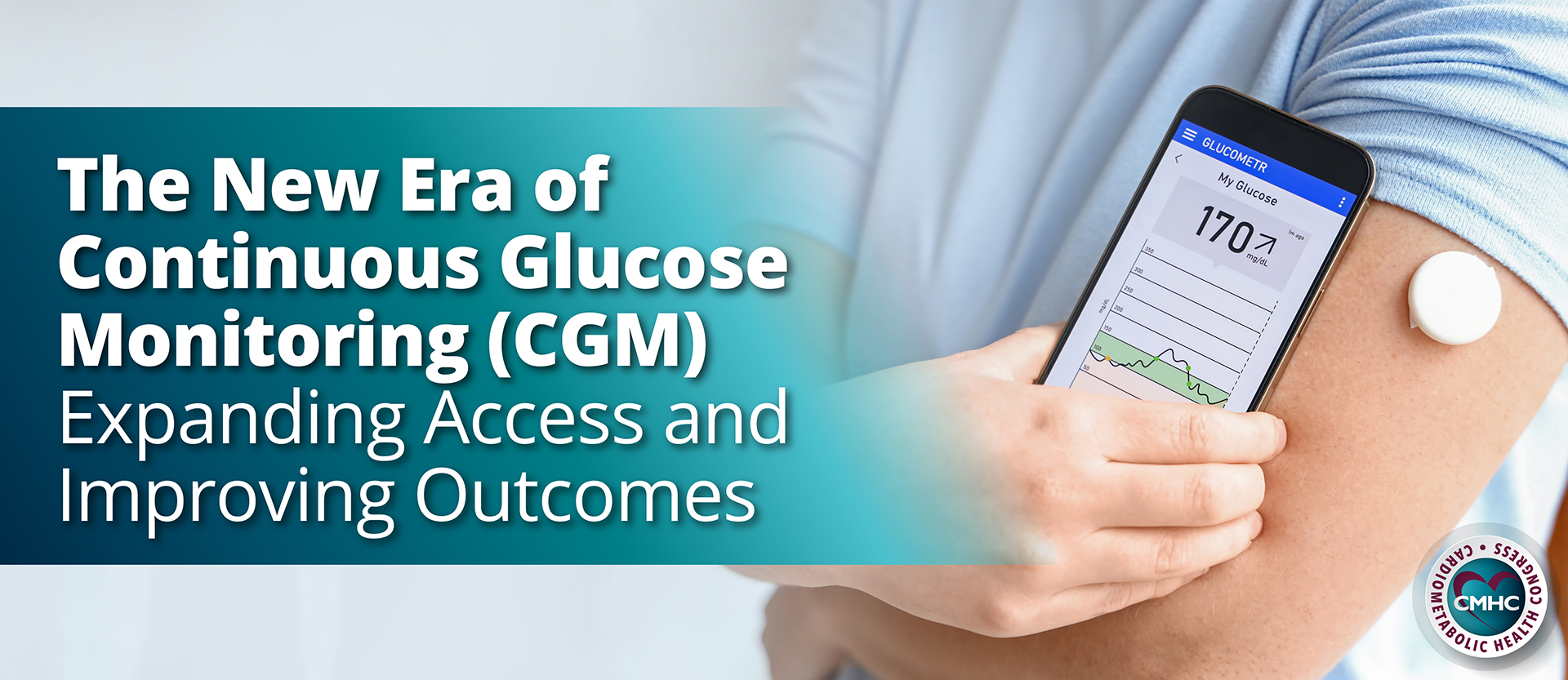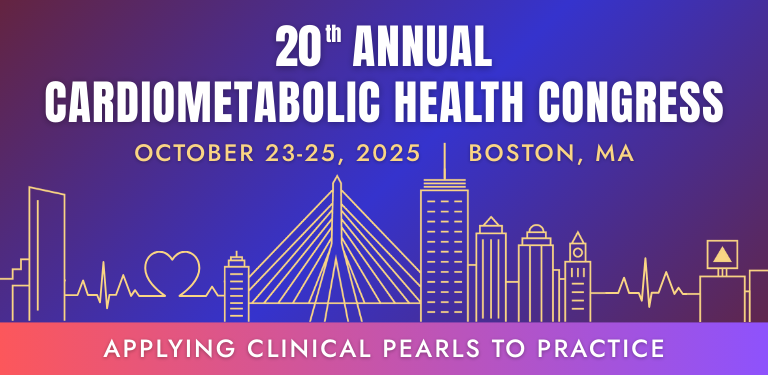Cardiologists and medical professionals across specialties are currently being faced with continuously evolving directives that aim to respond to developments in the novel coronavirus outbreak; they aim to minimize the risk of exposure, protect vulnerable demographics, and ensure the healthcare system can handle rapidly increasing demands. In light of this unprecedented public health concern, changes to the medical practice are inevitable. Experts have already noted an increase in telemedical visits and services being offered, widespread delays of elective procedures, and revisions to previous regulations that hope to allow the healthcare system to function most effectively.
The cardiology practice is not immune to the repercussions of this outbreak. As a result, professional associations – such as the American College of Cardiology and the American Heart Association – have issued statements with a focus on actionable solutions in hopes of providing clear guidance and helping providers navigate the changing clinical landscape.
Prescription Medication Considerations
Circulating speculation has sparked concerns about whether certain medications can increase patient risk of adverse outcomes in COVID-19 cases. Currently, experts do not advise changing prescriptions of RAAS antagonists unless there is a clinical reason, according to the latest guidance from the American Heart Association issued partnership with the Heart Failure Society of America and the American College of Cardiology.
For patients diagnosed with COVID-19, “individualized treatment decisions should be made according to each patient’s hemodynamic status and clinical presentation,” per the latest statement. Agents should be used for indications in which they are known to be beneficial – such as heart failure, hypertension, and ischemic heart disease.
The organizations emphasize the lack of experimental or clinical data demonstrating positive or negative outcomes associated with the use of ACE inhibitors, ARBs, or other RAAS antagonists in COVID-19 patients.
The Catheterization Laboratory
In partnership with the Society for Cardiovascular Angiography and Interventions (SCAI), the American College of Cardiology suggests another actionable solution in a separate statement, emphasizing the urgent need to reevaluate the use of current facilities, including the catheterization laboratory.
The latest guidance indicates medical professionals should weigh the balance between staff exposure and patient benefit to determine whether procedures requiring the use of these rooms are necessary at this time. Not only are the ventilation systems of these laboratories not designed to isolate infections properly, but they will also require extensive post-procedural cleaning, leading to potentially severe subsequent delays.
Many healthcare facilities have already postponed elective procedures to preserve resources, minimize the risk of patient exposure, and preserve hospital bed capacity. The SCAI/ACC statement suggests avoiding such procedures in patients with significant comorbidities or in whom the expected length of post-procedural hospital stay is greater than 24 to 48 hours. Reasonable examples of delayed procedures could include postponing stenting for stable ischemic heart disease, endovascular intervention for ilio-femoral disease in patients with claudication, and patent foramen ovale closure.
However, such decisions should be made on a case-by-case basis, taking into account COVID-19 risk as it relates to the risks associated with delaying diagnosis or treatment; the individual patient’s benefits and risks must be carefully considered for all procedures.
STEMI Care
Many challenges face ST-segment elevation MI (STEMI) care during this time. Due to the current lack of rapid COVID-19 testing, medical professionals may have to make decisions to perform primary percutaneous coronary intervention (PCI) without knowing whether the patient has the disease. As an alternative for relatively stable STEMI patients, fibrinolysis can be considered for those with active COVID-19 infection.
In the case of non-STEMI patients with suspected COVID-19 infection, sufficient time should be allowed for diagnostic testing and result-retrieval prior to cardiac catheterization. This will allow providers to make informed decisions while considering the safety of the staff. For such non-STEMI patients, rapid discharge and telemedical follow-ups would likely be adequate after revascularization, minimizing the need for any further in-person contact.
Careful strategies, such as the ones outlined above, involve significant coordination and may slow down care, however, they may also benefit the practice of cardiology in the long-term. Such an approach would not only protect valuable staff members but also retrain the discipline to “focus on actionable, necessary and diagnostics” as stated in a MedPage report.
Cardiologists and practitioners of all specialties should anticipate widespread disruption of the clinical practice during this unprecedented time. Priority should be placed on ensuring patient and staff safety, minimizing the risks of COVID-19 exposure whenever possible, and staying up to date on the current clinical guidance. As more research emerges daily, the situation may necessitate further changes to patient care practices. In the meantime, recommendations will be updated by professional societies as needed to ensure clinicians have access to the latest information during this dynamic period.



















